En-route from Vilnius to Riga, an extraordinary inflexion point on my Insight Vacations’ guided journey of the Baltics was a whistle-stop visit to the Hill of Crosses. It is a unique place in terms of its breath-taking scale and blood-stained history, with over 200,000 crosses currently adorning the hill. It is statement Christianity on an epic scale, which gained immense significance for Lithuanian believers during the long and oppressive Soviet era, a statement of resistance to the totalitarian regime.
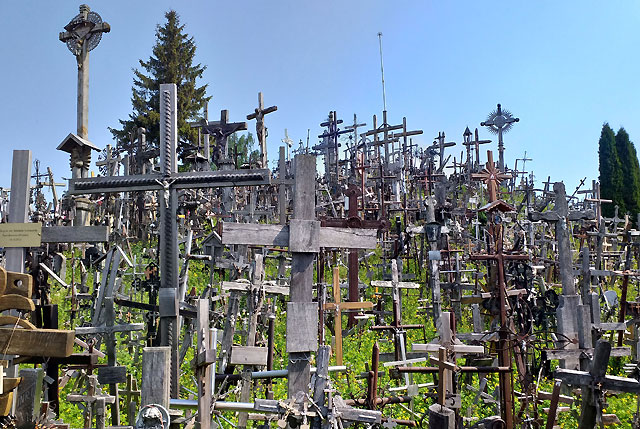
Following independence, the hill took on added stature as a symbol of the country’s unshakeable faith, prompting visits and crosses to be placed by Popes John Paul II and Benedict XVI. I’ve never seen anything quite like it. Dubbed the “Paris of the North and “the Baltic Berlin,” reinvented Riga is Latvia’s hip little capital. Small, green and beautiful, Riga is big on architectural styles, from art deco to rococo, while stamping its mark as art and food destination.
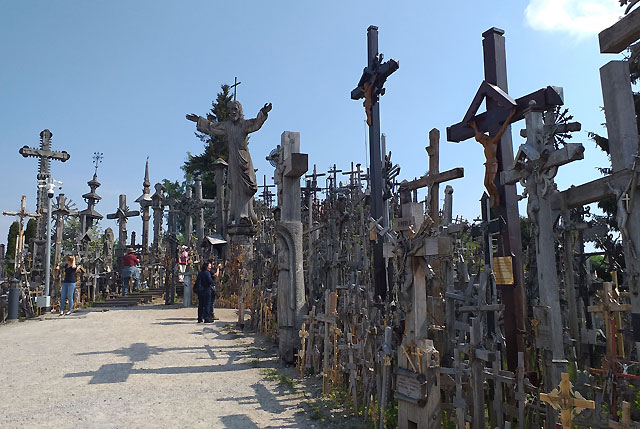
Riga’s handsome and historic Hanseatic Old Town is the locus for city exploration, which is where my loquacious Insight Vacations’ guide, Julia, came in handy, to unpack the secrets. The city walls, warehouses, houses and churches here have been painstakingly renovated since the fall of communism – Riga feels like a giant, breathing museum. Julia shared a plethora of fascinating insights with us, like the building that was built for Soviet troops and awash with bugging devices.
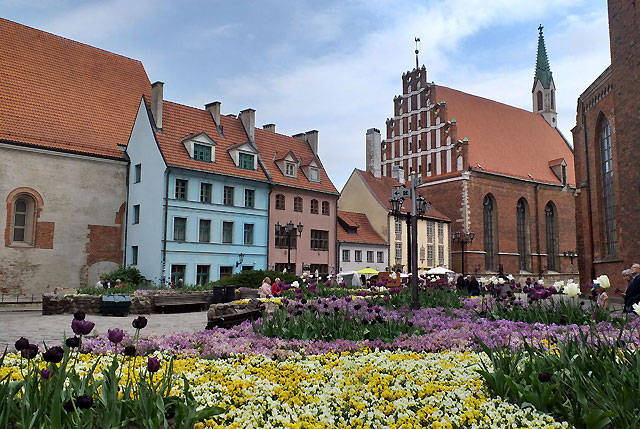
It turned out to be the lovely hotel we were staying in – thankfully, swept of all bugs! Riga is beloved for its head-swirling trove of Art Nouveau buildings – 800 of them, at last count. Alberta Iela, just north of the Esplanade and Kronvalda Park, is the best single street for viewing these treasures. Mikhail Eisenstein, father of the film director Sergei, designed several of the most striking buildings.
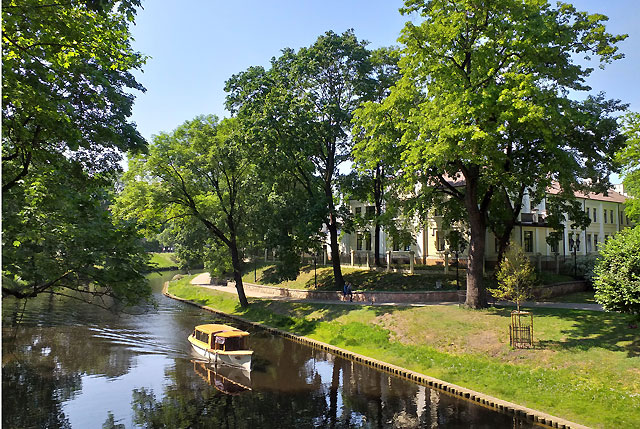
The biggest lingerer of Soviet statement architecture is one of Stalin’s “birthday cakes”, nicknamed the Seven Sisters. It’s a carbon copy of the structures still standing in the likes of Warsaw and Moscow. But the city’s Soviet gloom has been largely eviscerated by the peppy sense of Baltic optimism. The city was first founded by the Crusaders and Teutonic Knights in the 13th century. In addition to the Soviets, Riga has also been ruled by the Poles, Germans and Swedes, and all have left their mark. Dipping into Riga is a like a journey into the ravages and vagaries of European history on a very intimate level.
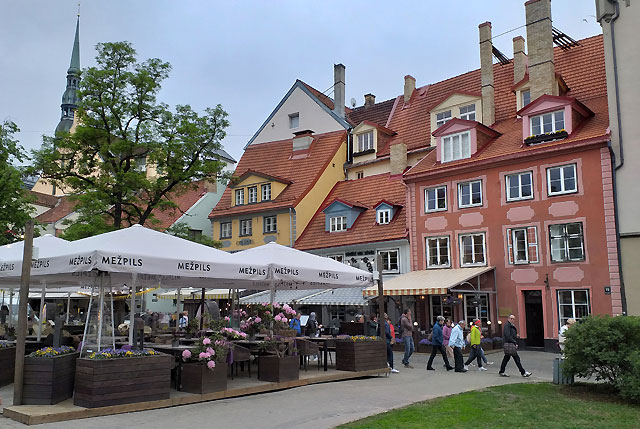
For a crash course in recent Latvian history, our group headed to the Museum of the Occupation With clear English explanations, it is a thoughtfully designed and well-curated historical museums. Its comprehensiveness is extraordinary, spanning everything from Latvian partisan Nazi and Soviet uniforms to propaganda posters, from chess sets carved from scrap and wood in the gulags to heartbreaking, frantically scribbled notes hurled from trains by deportees to Siberia. Among the Old Town’s cabinet of wonders, the museum is a must.
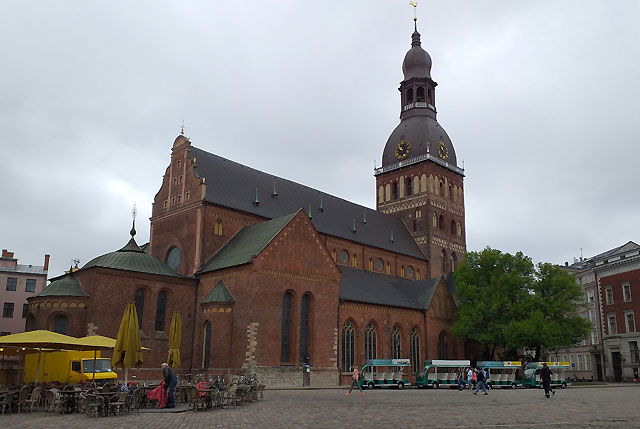
Just across from the Occupation Museum, is the city’s colossal medieval cathedral, begun in 1211 by Albert von Buxhoeveden, the German missionary-warrior who sailed north to convert the Livonian heathens. Our group were more enthralled by the building directly opposite, the House of the Blackheads. Built to house bachelor Hanseatic traders and sailors, it derives its name from their patron saint, Mauritius, traditionally depicted as an armed Moor. As Julia explained, the Soviets’ obliterated this majestic Gothic-Dutch Renaissance building. Its Teutonic architecture was deemed by them to be too decadent, but after independence, it was one of the first structures to be rebuilt.
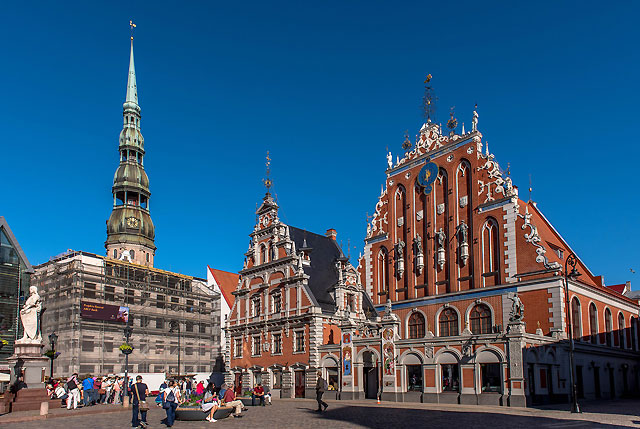
Being very close to Rigans’ hearts, the work was financed by individual donations. We also doted over a cluster of merchant houses called the Three Brothers, all clad in miniature windows to mitigate the size-specified window taxes, in force at the time. On other medieval buildings, I noticed the windows were actually painted illusions, to combat the tax-collectors.
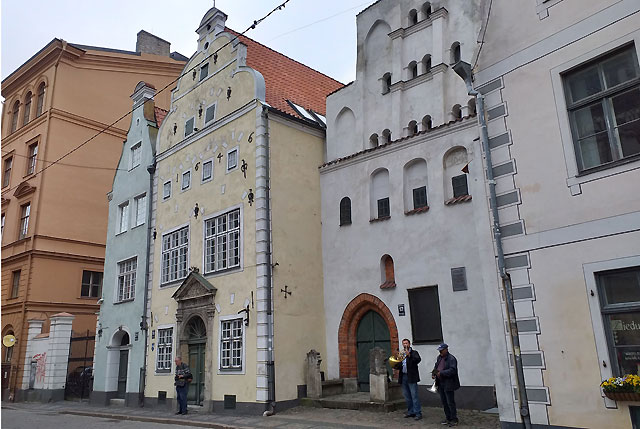
Riga’s thriving party trade means it abounds with al fresco bars and eateries in the old town, where vodka is served by the litre, if that’s how you roll. To avoid the worst excesses, steer clear of Riga on the weekend! Among the myriad hospitality selections in the heart of the old town, Rockabilly House is a cracker, complete with Scooby Doo-style vans within the bar from where the drinks are served to you.
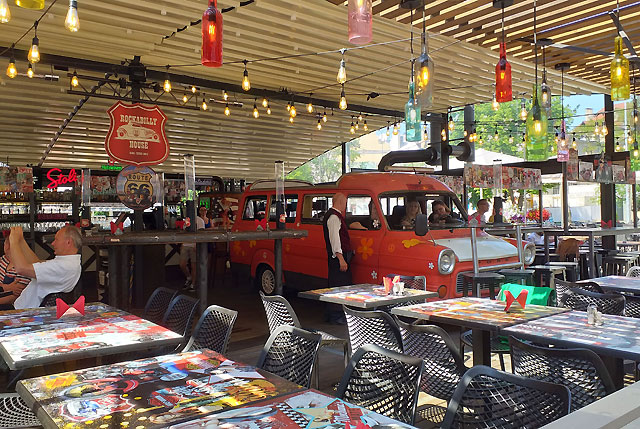
Like its Baltic neighbours, saunas are a serious business in Riga. A few hours enrobed in eucalyptus steam is an ideal way to sweat out the excesses of a late night in this party town. Riga’s saunas run the gamut, from unrepentantly grimy Soviet sweat shacks to sparkling beauties like Taka Spa. At Taka’s heart is a large room with a warm dry sauna, a hotter steam room and three pools: cold, medium and a Jacuzzi. The idea is to move from the sauna to the steam, get as hot as you possibly can, then dive into the cold water. The sensation is truly exhilarating, if not a little bracing!
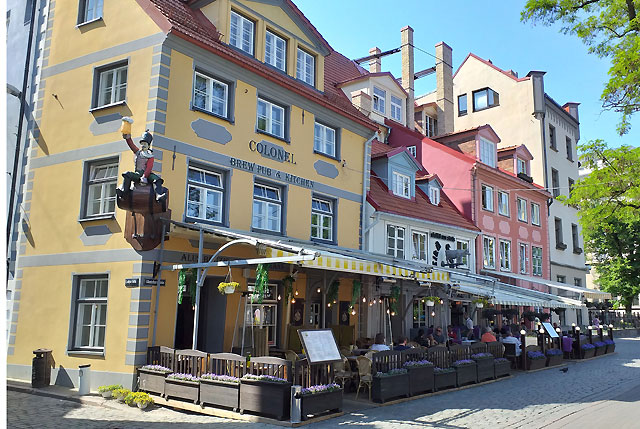
For a city so steeped in history, it seems only fitting that the jewel of choice is amber, which has been washing up on Baltic seacoasts for many millennia. For local colour, visit the stalls behind St. Peter’s Church. Riga’s antiques shops also hold treasures of the more earthly kind – everything from old artwork to church artifacts to Soviet knickknacks. But no trip to Riga would be complete without visiting the sprawling Central Market in the fascinating, gritty area of town known as Maskvas Forstate (the Moscow Suburb).
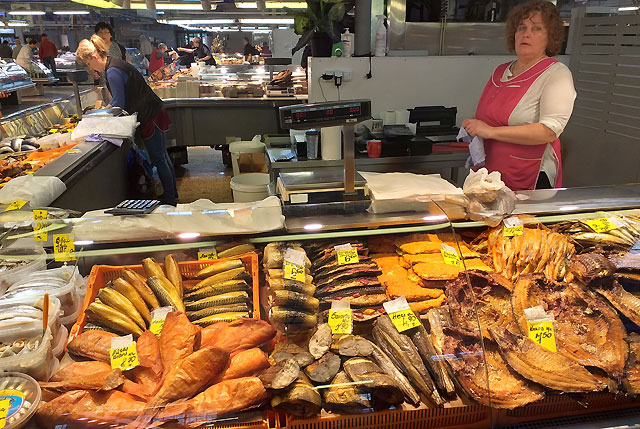
The market comprises almost 1,200 vendors spread across five enormous zeppelin hangars, as well as a secondary, more informal network of stalls outside the market proper. Vendors are arranged more or less by wares, and even if you buy nothing (though it would be a shame to go home without a loaf of Latvia’s delightful rupjmaize (black bread), a leisurely stroll through the market delivers a carnival of delights.
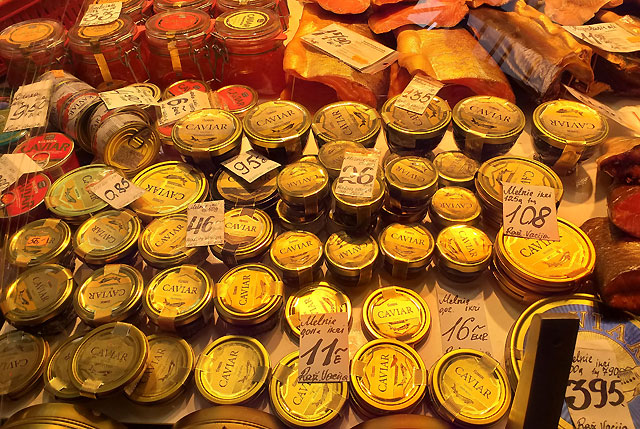
You can find everything from fresh farmer’s cheese and lemongrass to pig snouts and caviar. Outside the market, the stallholders sell leather goods, DVDs of dubious provenance and freshly foraged mushrooms. The punnet of strawberries I bought were unbelievably plump and sweet.
Also on the foodie front, Cafe Osiris is a firm favourite for creative types in Riga, drawing intellectuals, artists and politicians with its bohemian, laid-back setting.
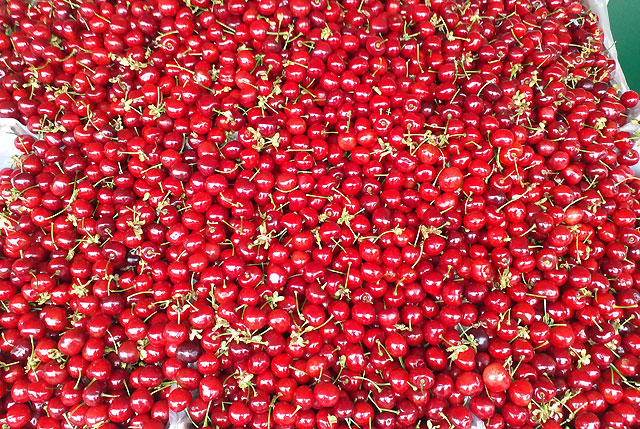
There’s an all-day breakfast menu, and lunch and dinner features dishes from all over the world – from Danish open sandwiches to Greek dolma. On a corner down the road from Galeria Istaba, it’s an intimate space, with work by Latvian artists on the walls, and a good place to come in the colder months – with a great fireplace, and candles lit on autumn and winter evenings. If you want to tick-off some signature Latvian tastes, as I did with Insight Vacations, here are some top picks. Black peas with smoked bacon; rye bread dessert with whipped cream and cowberry sauce; Latvian sauerkraut soup with pork, served in a bread loaf; fried Latvian herring and Pike Perch fillet with carrots and celery puree. Tripping through Riga with Insight Vacations dissolved away the trials of travel. Riga has charm in spades, where the timeless and trendy harmoniously mingle.
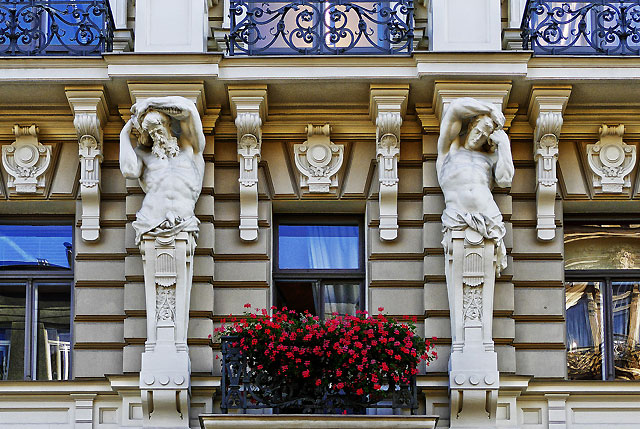





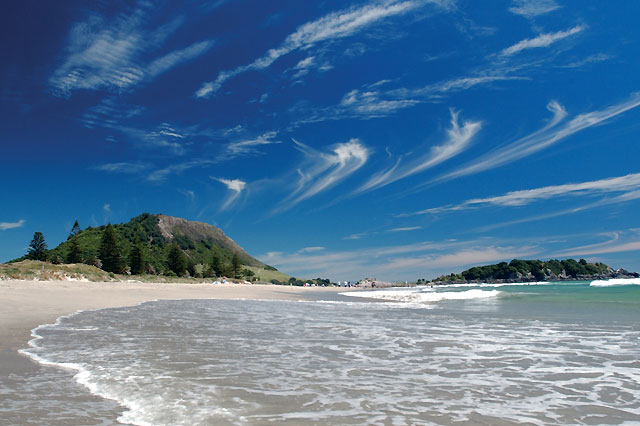
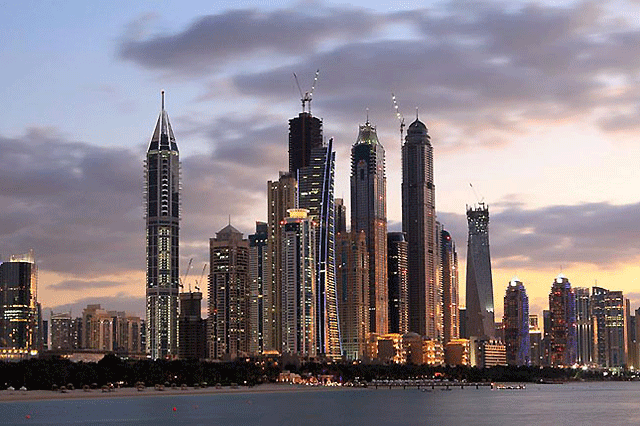
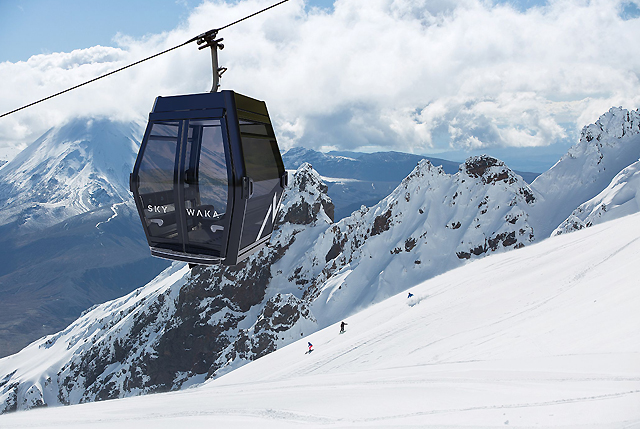


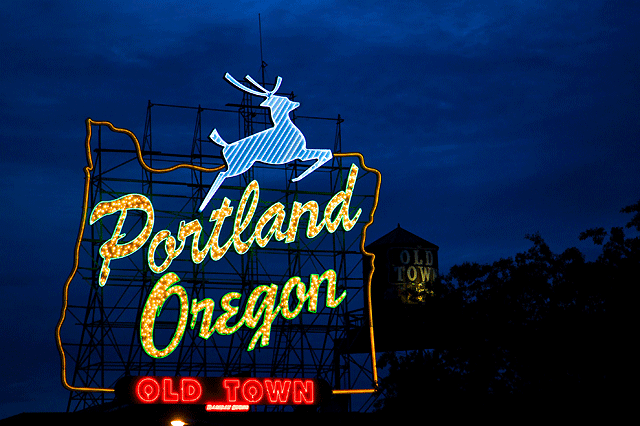
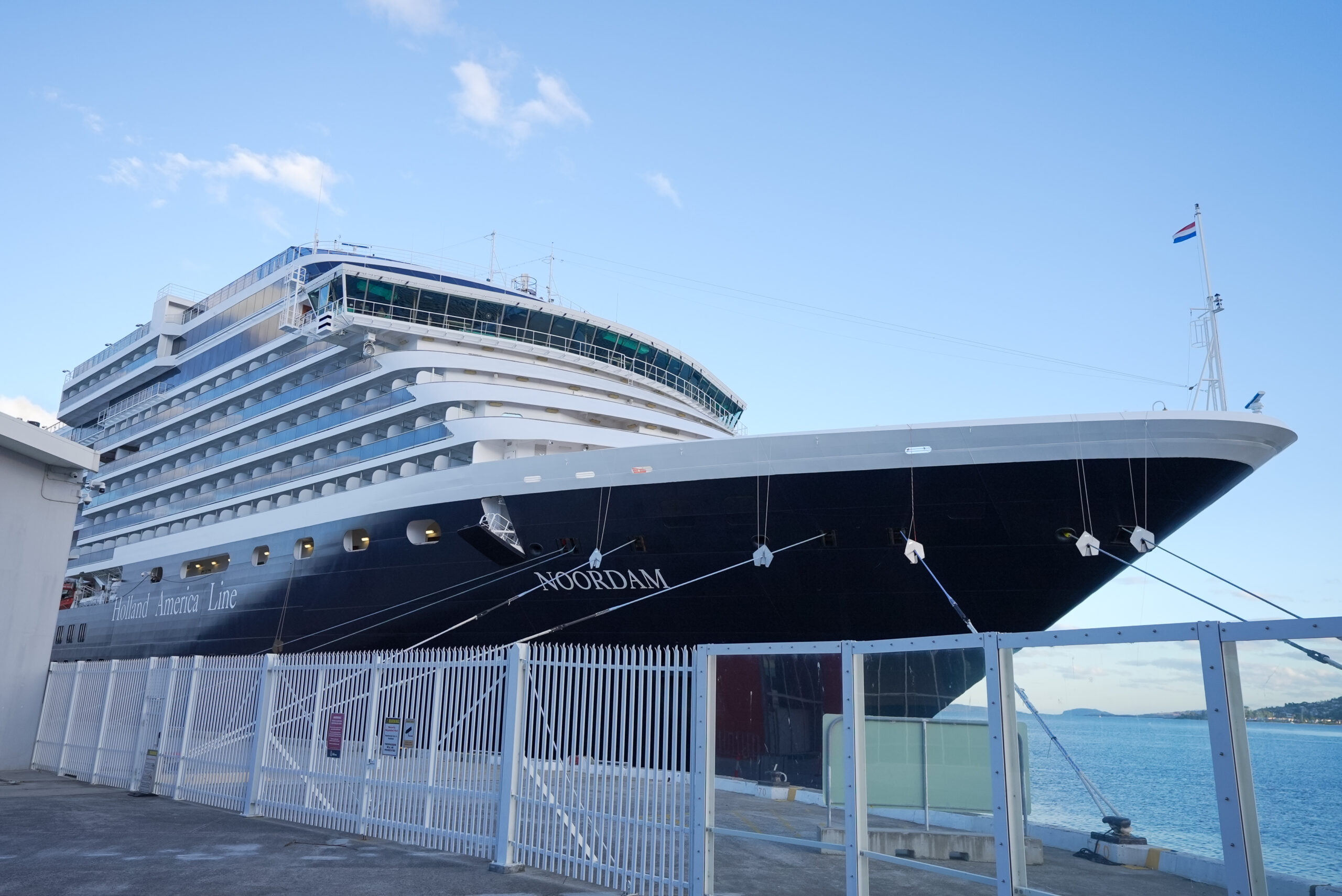
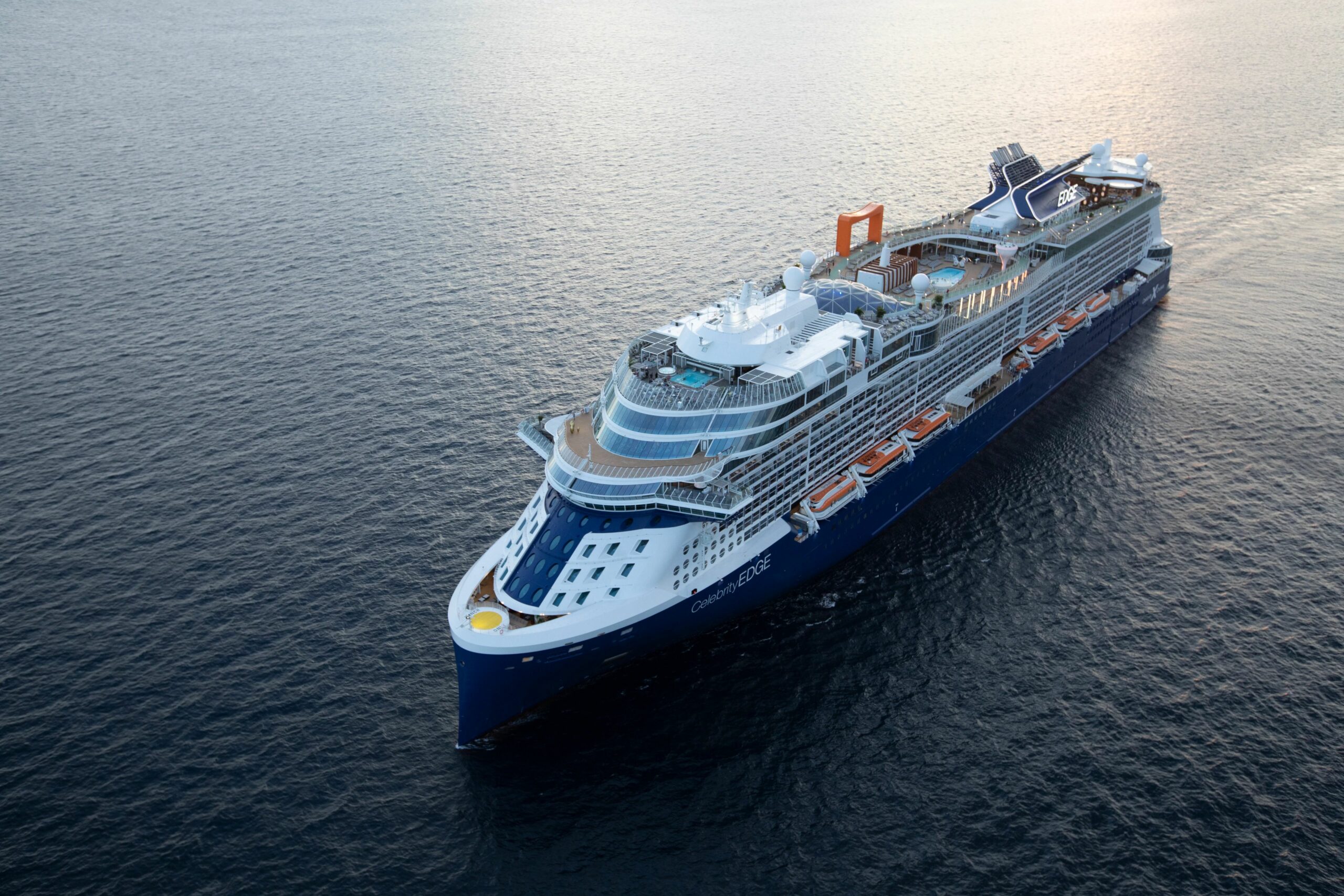
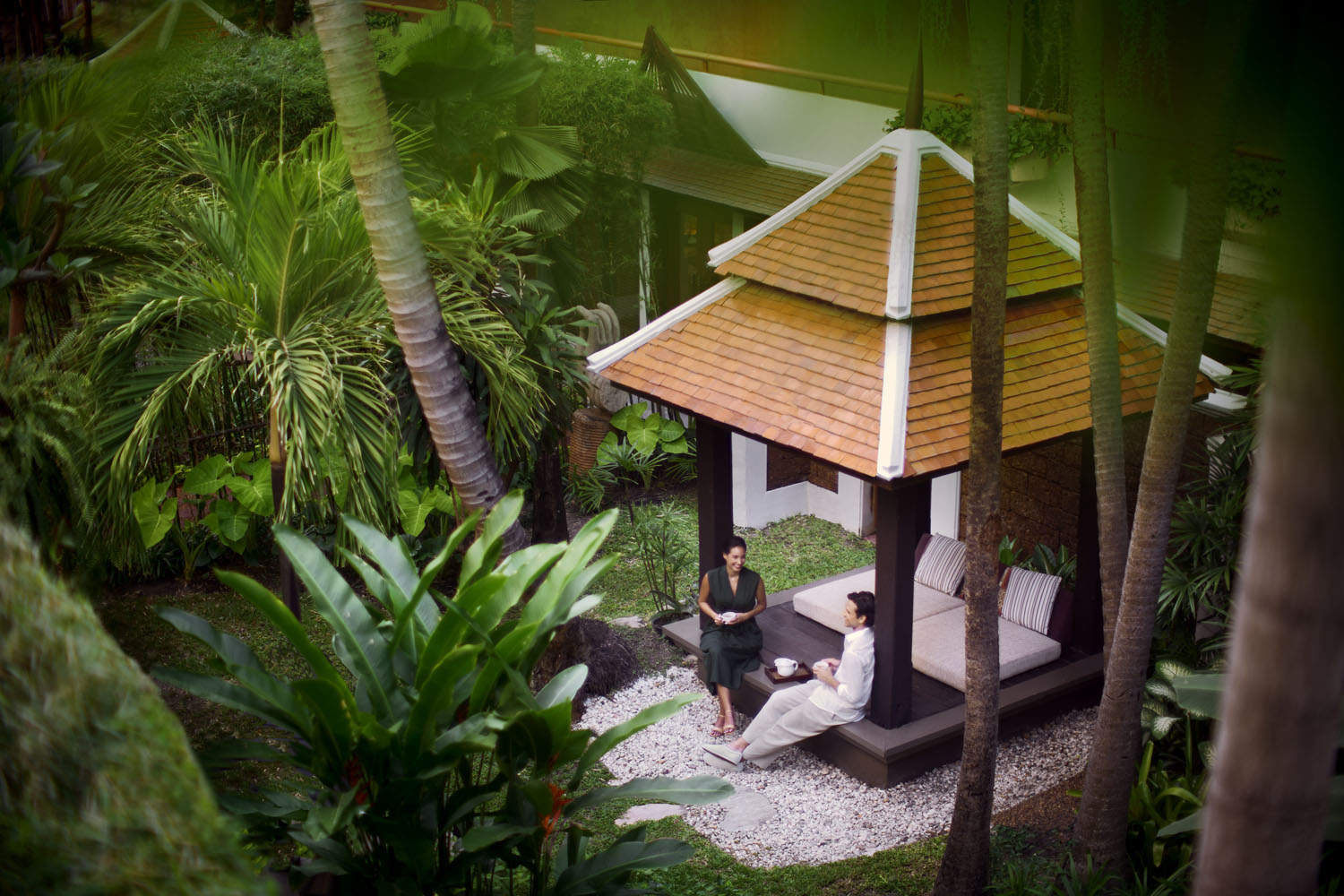
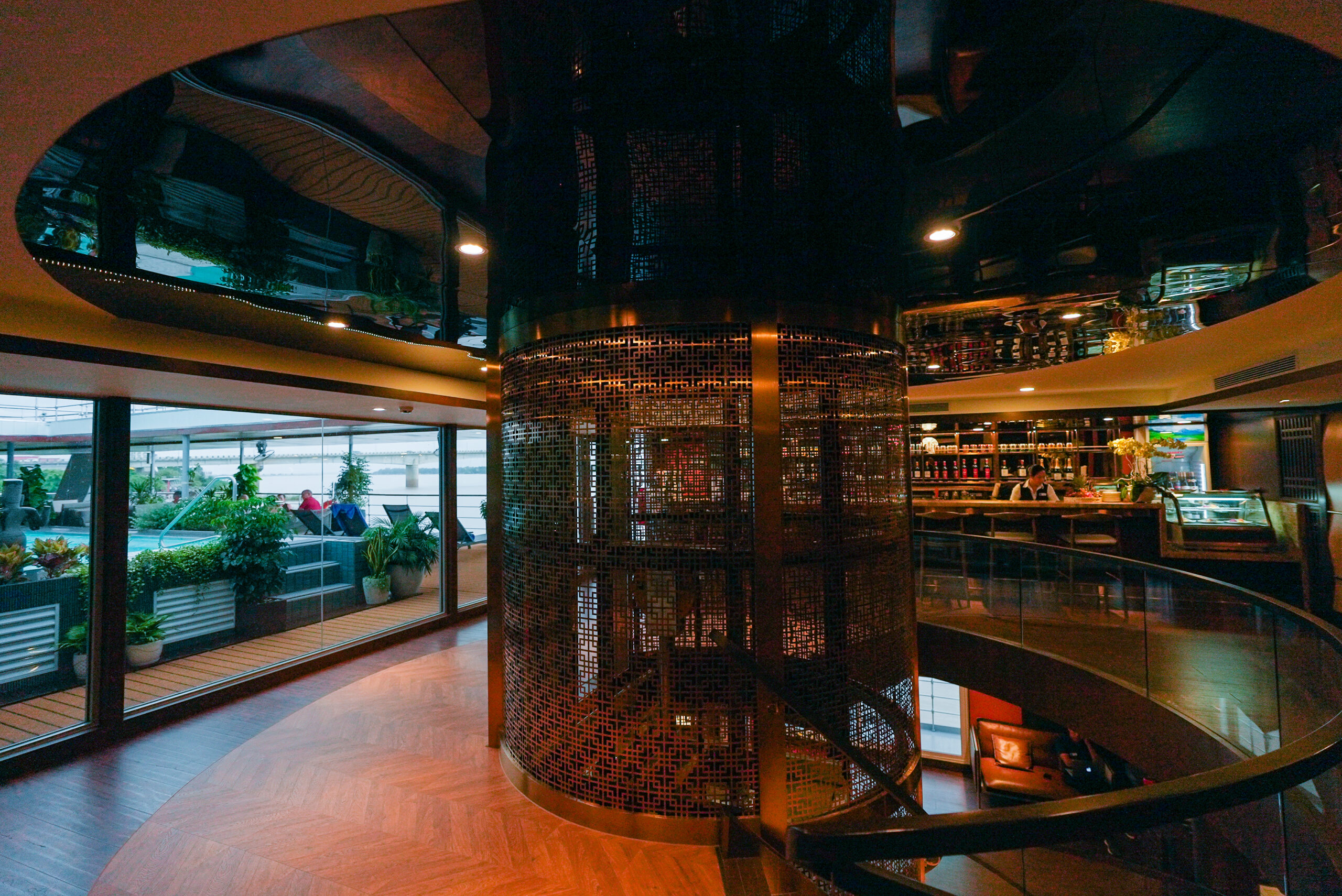
Recent Comments